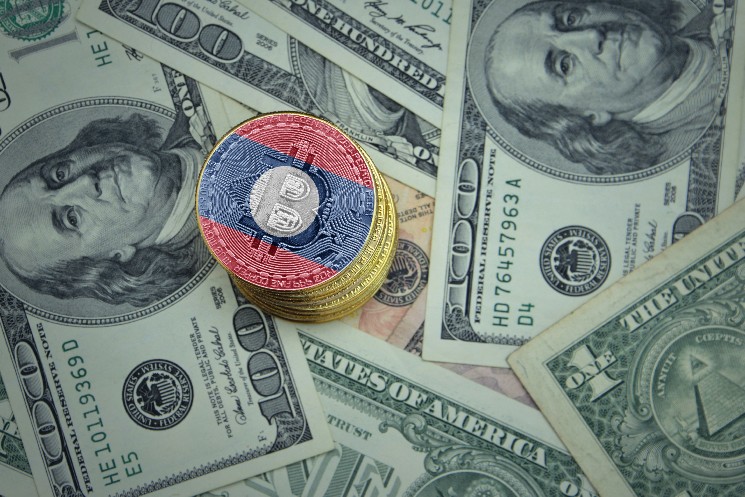Important highlights
- Laos aims to monetize excess hydroelectric power through cryptocurrency mining
- The dams drove thousands and destroyed rivers and fisheries
- High public debt and inflation create risks for digital economy plans
Laos is trying to turn excessive hydropower into crypto profits
Laos is investigating the use of excess hydroelectric power for cryptocurrency mining, which has sparked both international interest and domestic criticism. Media reporting.
The country’s long-term dam construction program created a surplus of electricity while leaving billions of dollars in debt in Laos. Authorities are currently trying to monetize this excess through the energy-intensive crypto industry.
Following a government meeting, a report by the state-run Vientiane Times acknowledges policymakers are considering “long-term economic opportunities.”
Critics warn of serious social and environmental consequences. The dam has disrupted the river, reduced harvests downstream, damaged fisheries, and forced thousands of people to relocate. Vitoon Permpongsakaroen, director of Mekong Energy and Ecology Network, emphasized that the initiative will be driven by debt pressure rather than domestic needs.
Hydroelectric power generation is also season. During the dry season, Laos often buys electricity from neighbouring countries, particularly Thailand. According to Pianpong Dites of the International River, it is pledged to compensate displaced communities, which has led to many worsening.
Economic ambitions conflict with social and environmental concerns
Despite criticism, the move has attracted attention from investors in the region. Laos aims to become a fully digital economy by 2030, and has licensed its local crypto mining and trading platforms while trying to regulate Chinese miners who moved their operations to the country after China’s ban in 2021.
In May 2023, Laos announced its digital economy strategy focusing on blockchain, AI, IoT and e-finance. In August, state-owned electricity mine Du Laos announced that it would cut electricity to crypto farms due to droughts, export commitments and outstanding debt.
The risk remains high. The International Monetary Fund warned in November that “large levels of public debt pose challenges to the medium-term economic outlook,” but inflation and a decline in KIP, which lost half its value to the US dollar over five years, added an additional burden.
This situation is exacerbated by US tariffs, one of the best members of Washington’s trading partners, and now 40% of Laos’ exports.










